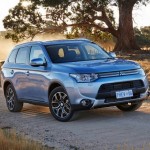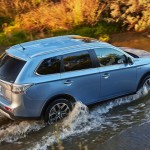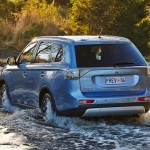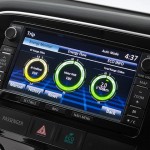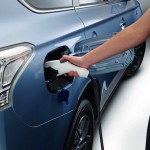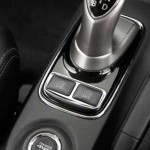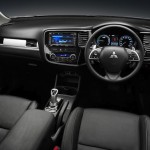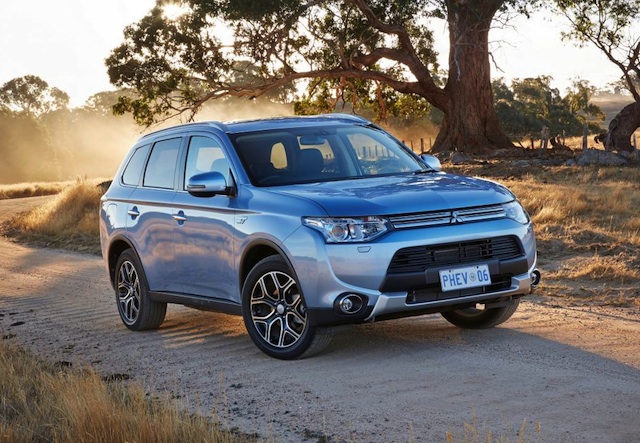
Mitsubishi NZ hasn’t run into any of the problems that its Australian counterpart faced with the introduction of the plug-in petrol-electric Outlander PHEV.
Multi-franchise Australian dealers stuck with sluggish sales of the petrol-electric Holden Volt and the all-electric Nissan Leaf had to be sweet-talked by Mitsubishi Motors Australia Ltd into committing to another EV like the Outlander PHEV (Plug-in Hybrid Electric Vehicle).
But Mitsubishi Motors NZ marketing chief Daniel Cook said its dealers couldn’t wait to get their hands on the PHEV, with its petrol engine and electric motors. The SUV goes on sale this month. “The response from our dealers has been nothing short of fantastic,” Cook said. “I’m not sure what the concerns are in Australia, but they are not shared here.”
Across the Ditch, MMAL marketing manager Tony Principe told Australian media that it had been hard to convince its dealers to buy into the PHEV and its support structure while Australians largely remained wary of sales of vehicles with plug-in electrics.
Such vehicles are expensive and have yet to justify the significant investment – technical training, service structure – required by dealers to sell them. For example, Nissan has sold only a handful of Leafs in NZ since 2011; Holden has registered 14 Volts here since it landed in October 2012.
Across the Ditch, Nissan sold 188 Leafs in 2013 – thanks largely to a heavy price cut – and Holden 101 Volts. Mitsubishi Australia hasn’t sold a plug-in i-MiEV hatchback since 2012. Mitsubishi NZ has sold ‘roughly’ 30 since the car got here in 2010, says Cook. “We are all sold out now.”
Principe said the Australian dealer network was very negative. “Because of the Nissan Leaf and Holden Volt, and our own i-MiEV, their experiences haven’t been great because the Australian consumer is not prepared to pay for that technology.
“We’ve had to really swing them around and say ‘guys look, this is different, trust us’, and it hasn’t been easy. But we’ve made the network understand that this is the future and eventually this technology will be in every car.”
The plug-in PHEV uses a 2.0-litre petrol engine up front and two 60kW electric motors, one also up front, one at the rear. A 12kWh lithium-ion battery sits under the centre floor. It’s an all-wheel-drive set-up.
On the road, regenerative braking technology charges the battery; at home or work it can be plugged into a 240v outlet to be fully charged in four hours, or 30 minutes using a quick-charger.
The PHEV has three automatic driving modes: “EV” uses only the front and rear electric motors for zero emissions; “Series Hybrid” uses the petrol engine as a generator to charge the batteries, or when harder acceleration is required; “Parallel Hybrid” uses the petrol engine as the main power source with help from the electric motors.
The transmission is a multi-mode “e-transmission” that does not have ratios. In EV mode, the vehicle’s range is 52km on electrics alone; on a full tank of gas using the petrol engine with electric motors and battery, it is just short of a claimed 900km. At best, says Mitsubishi, the PHEV Outlander uses 1.9 litres/100km, or 149mpg.
There are two Outlander PHEV models: The Outlander XLS at $59,990 and the VRX at $66,990.

